Ayurvedic skin care, a centuries-old approach to beauty and wellness, has been captivating the hearts and minds of health enthusiasts worldwide. This ancient Indian healing system offers a holistic path to achieving radiant, healthy skin that goes beyond mere surface-level treatments. In this comprehensive guide, we’ll delve deep into the world of Ayurvedic dermatology, exploring nine transformative secrets that can help you attain glowing, clear, and acne-free skin while also addressing more complex issues like psoriasis.
Table of Contents
I. The Essence of Ayurvedic Skin Care
Ayurvedic skin care is not just another beauty trend; it’s a lifestyle that promotes balance and harmony within the body and mind. Rooted in the 5,000-year-old practice of Ayurveda, this holistic approach to skin health considers not only external factors but also internal imbalances that may manifest as skin issues. By understanding and applying the skin care principles of Ayurveda, you can unlock the secrets to naturally radiant and healthy skin.
The importance of skin care in Ayurvedic practice cannot be overstated. In Ayurveda, the skin is considered a mirror of one’s overall health and well-being. It’s not just about applying topical treatments; it’s about nourishing your body from within and maintaining balance in all aspects of life. This comprehensive approach is what sets the skin care practices of Ayurveda apart from conventional beauty routines.
The benefits of embracing the skin care practices of Ayurveda are numerous and far-reaching. By using natural ingredients and time-tested techniques, you can:
Achieve glowing, clear, and acne-free skin
Balance your skin’s natural oil production
reduce signs of aging and promote skin elasticity
Address specific skin concerns, like psoriasis
Enhance your overall well-being and vitality
II. Understanding Ayurvedic Principles in Skin Care
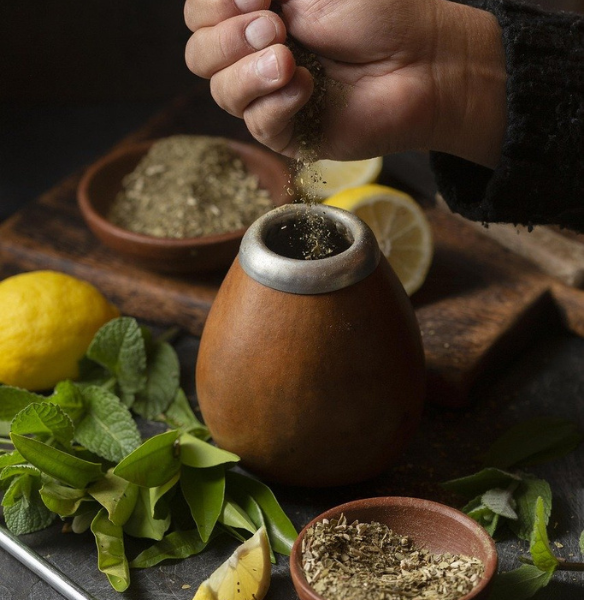
To fully appreciate and implement skin care according to Ayurveda, it’s essential to understand its fundamental principles. At the core of Ayurveda are the three doshas: Vata, Pitta, and Kapha. These elemental energies govern various aspects of our physical and mental makeup, including our skin type and its tendencies.
1. Vata Skin: Tends to be dry, thin, and prone to fine lines
Vata is associated with the elements of air and ether. People with Vata-dominant skin often experience dryness, flakiness, and a tendency towards premature aging. Their skin may feel rough or dehydrated and is particularly sensitive to cold and windy weather. To balance Vata skin:
Use rich, nourishing oils like sesame or almond oil for daily moisturizing
Incorporate warm, grounding herbs such as ashwagandha or shatavari in skincare formulations
Avoid harsh, drying products and opt for gentle, creamy cleansers
Protect the skin from extreme weather conditions
Practice regular oil massage (abhyanga) to improve circulation and hydration
2. Pitta Skin: Often sensitive, prone to redness and inflammation
Pitta is associated with fire and water elements. Pitta-dominant skin tends to be sensitive, prone to redness, and may be susceptible to acne, rosacea, or other inflammatory conditions. It may also be more reactive to sunlight exposure. To balance Pitta skin:
Use cooling, soothing ingredients like aloe vera, cucumber, or rose water
Incorporate anti-inflammatory herbs such as neem, turmeric, or sandalwood in skincare routines
Avoid hot showers and harsh exfoliants
Use non-comedogenic, lightweight moisturizers
Protect the skin from excessive sun exposure with natural sunscreens
Practice cooling activities like moonbathing or using a rose quartz facial roller
3. Kapha Skin: Usually oily, thick, and prone to congestion
Kapha is associated with earth and water elements. Kapha-dominant skin tends to be oily, thick, and prone to congestion, blackheads, and enlarged pores. It may also be more resilient but can lack radiance. To balance Kapha skin:
Use light, clarifying oils like jojoba or grapeseed oil
Incorporate detoxifying and stimulating herbs such as triphala or ginger in skincare formulations
Practice regular, gentle exfoliation to remove excess oil and dead skin cells
Use clay-based masks to absorb excess sebum and purify the skin
Opt for lightweight, non-greasy moisturizers
Engage in invigorating activities like dry brushing or steam facials
Skincare, according to Ayurveda, emphasizes the importance of identifying your dominant dosha and tailoring your skincare routine accordingly. By balancing the doshas, you can achieve optimal skin health and address specific concerns like acne or psoriasis.
Beyond understanding your skin type based on doshas, Ayurvedic skincare also emphasizes:
1. Holistic Approach: Ayurveda views skin health as a reflection of overall well-being. It considers factors such as diet, lifestyle, stress levels, and sleep patterns in addition to topical treatments.
2. Natural Ingredients: Ayurvedic skincare relies heavily on natural, plant-based ingredients that are believed to work in harmony with the body’s natural processes.
3. Seasonal Adjustments: Ayurveda recognizes that skin needs change with the seasons and recommends adjusting skincare routines accordingly.
4. Daily Rituals: Regular practices like oil pulling, tongue scraping, and self-massage are considered essential for maintaining overall health, including skin health.
5. Mind-Body Connection: Stress management techniques like meditation and yoga are considered crucial for maintaining balanced doshas and, consequently, healthy skin.
6. Customization: Ayurvedic practitioners often create personalized skincare regimens based on an individual’s unique constitution and current imbalances.
7. Internal Cleansing: Detoxification practices like panchakarma are believed to improve skin health by eliminating toxins from the body.
By embracing these principles and understanding your unique dosha composition, you can develop a comprehensive Ayurvedic skincare routine that addresses your specific needs and promotes overall skin health and radiance. Remember that balance is key in Ayurveda, and consistency in following these practices is essential for seeing long-term benefits.
III. 9 Timeless Ayurvedic Skin Care Secrets
1. Proper cleansing Techniques
In the realm of Ayurvedic skin care, proper cleansing is paramount. The oil cleansing method, a cornerstone of this ancient practice, involves massaging warm oil into the skin to remove impurities and balance oil production. This technique is particularly beneficial for those seeking glowing, clear, and acne-free skin.
For daily cleansing, Ayurvedic skin care recommends natural cleansers like chickpea flour, oatmeal, or herbal powders. These gentle cleansers effectively remove dirt and excess oil without stripping the skin of its natural moisture.
To enhance the cleansing process:
Use lukewarm water, as extreme temperatures can disrupt skin balance
Gently pat the skin dry instead of rubbing
Consider double cleansing for those who wear makeup or sunscreen
2. Nourishing with Natural Oils
Facial oils are essential for nourishing and balancing the skin in Ayurvedic practice. Unlike conventional moisturizers, these oils penetrate deeply, providing lasting hydration and promoting a healthy skin barrier.
Some popular Ayurvedic skin care oils include:
Coconut oil: Ideal for Vata skin types
Jojoba oil: is suitable for all skin types and is especially beneficial for acne-prone skin
Sesame oil: is great for Kapha skin types
Almond oil: Nourishing for dry and sensitive skin
Additional oils to consider:
Argan oil: is rich in vitamin E and great for anti-aging
Rosehip oil: is high in vitamin C and excellent for brightening and reducing hyperpigmentation
Moringa oil: Packed with antioxidants, suitable for all skin types
3. Herbal Face Masks and Treatments
Ayurvedic skin care harnesses the power of herbs to address various skin concerns. Herbal face masks and treatments can help achieve glowing, clear, and acne-free skin, as well as provide relief for conditions like psoriasis.
Some popular Ayurvedic herbs for skin care include:
Neem: Known for its antibacterial properties, it is excellent for acne-prone skin
Turmeric is : A powerful anti-inflammatory that promotes skin healing
Sandalwood: Cooling and soothing, ideal for sensitive and irritated skin
Triphala: A blend of three fruits that detoxifies and rejuvenates the skin
DIY Ayurvedic Face Mask Recipe:
Mix 1 teaspoon each of sandalwood powder, turmeric powder, and neem powder with enough rose water to form a paste. Apply to clean skin, leave for 15 minutes, then rinse off with lukewarm water.
Additional herbs to explore:
Brahmi: Promotes skin cell regeneration
Ashwagandha: Helps reduce signs of aging
Manjistha: Supports skin detoxification
4. Ayurvedic Facial Massage
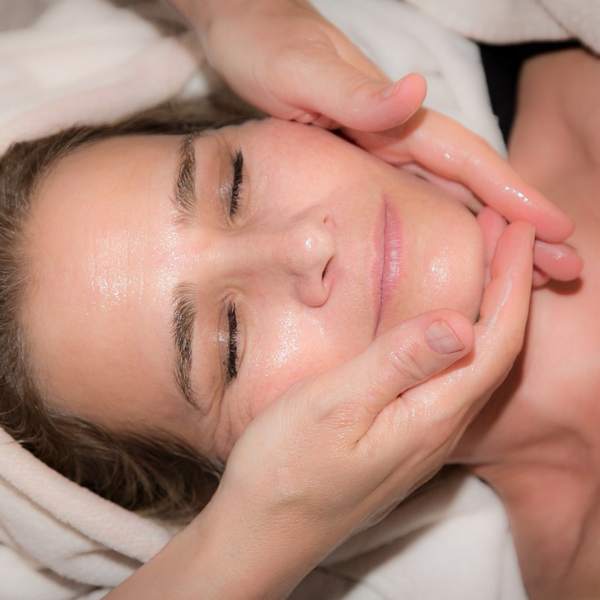
Facial massage is a vital component of Ayurvedic skin care. Regular massage improves circulation, promotes lymphatic drainage, and helps to tone facial muscles. This practice not only enhances the absorption of skincare products but also contributes to a natural, healthy glow.
To perform an Ayurvedic facial massage:
1. Start with clean hands and a few drops of your chosen facial oil
2. Use gentle, upward strokes to massage the face and neck
3. Pay special attention to marma points, which are energy centers in Ayurveda
Focus on key marma points such as the center of the forehead (third eye), temples, and jawline
Apply gentle pressure using circular motions on these points for 10–15 seconds each
4. Spend 5–10 minutes massaging for optimal benefits
Begin at the neck and work your way up to the forehead
Use long, sweeping strokes along the jawline and cheekbones
Incorporate gentle pinching motions to stimulate circulation
Don’t forget to massage the ears, which are connected to various body systems in Ayurveda
5. Additional massage techniques:
Use your knuckles to gently knead the forehead and temples
Perform light tapping motions across the face to stimulate blood flow
Finish with gentle, outward strokes from the center of the face towards the hairline
6. Post-massage care:
Allow the oil to absorb for at least 20 minutes before rinsing or applying other products
If needed, use a warm, damp cloth to remove excess oil
Follow with your regular skincare routine
5. Internal Cleaning and Detoxification
Ayurvedic skin care recognizes that true skin health begins from within. A balanced diet and regular detoxification practices are essential for achieving glowing, clear, and acne-free skin. Some Ayurvedic detox practices include:
Drinking warm lemon water in the morning stimulates digestion
Consuming detoxifying herbs like triphala and neem
Practicing oil pulling for oral health and overall detoxification
following a seasonal cleanse to reset the body and mind
6. Sun Protection: the Ayurvedic Way
While modern sunscreens weren’t available in ancient times, Ayurvedic skin care offers natural ways to protect the skin from sun damage. Some Ayurvedic sun protection methods include:
Applying a paste of sandalwood and turmeric before sun exposure
Using natural oils with SPF properties, such as coconut oil or sesame oil
Wearing protective clothing and seeking shade during peak sun hours
For those dealing with sun damage, Ayurvedic skin care recommends soothing treatments like aloe vera gel or a cooling mask made from cucumber and rose water.
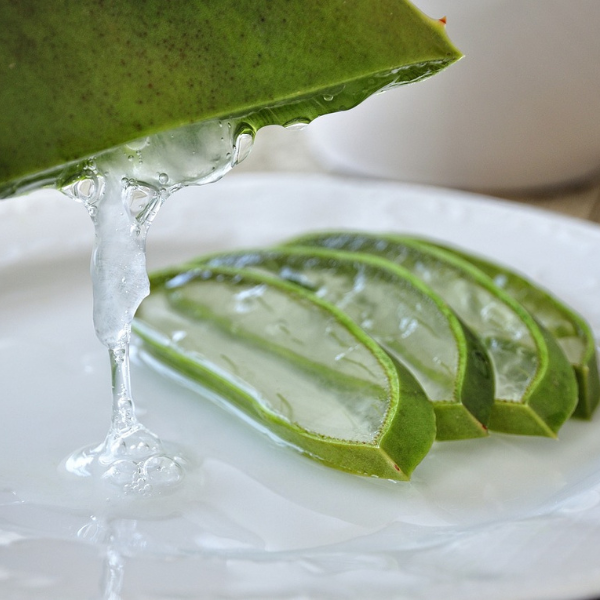
7. Lifestyle Practices for Radiant Skin
Ayurvedic skin care extends beyond topical treatments to encompass lifestyle practices that promote overall health and skin radiance. These include:
Getting adequate sleep to allow for skin regeneration
Practicing stress management techniques like meditation and pranayama
Engaging in regular exercise and yoga to improve circulation and detoxification
8. Ayurvedic Skin Care for Psoriasis
Psoriasis, a chronic skin condition characterized by red, scaly patches, can be particularly challenging to manage. Ayurvedic skin care offers a holistic approach to addressing psoriasis.
Understanding psoriasis from an Ayurvedic perspective as an imbalance of Vata and Kapha doshas
Using herbal remedies like neem, turmeric, and aloe vera to soothe inflammation and get relief from skin irritation
Implementing dietary changes, such as reducing inflammatory foods and increasing omega-3 fatty acids practicing stress-reduction techniques, as stress can exacerbate psoriasis symptoms
Ayurvedic Psoriasis Treatment:
Mix equal parts neem oil and coconut oil. Apply to affected areas twice daily. Combine with internal consumption of triphala for enhanced detoxification.
9. Ayurvedic Skin Care for Glowing, Clear, and Acne-free Skin
Achieving glowing, clear, and acne-free skin is a common goal, and Ayurvedic skin care offers numerous strategies to accomplish this:
Understanding acne from an Ayurvedic perspective as an imbalance of Pitta dosha
Using herbs like neem, turmeric, and holy basil to combat acne-causing bacteria
Implementing dietary changes, such as reducing inflammatory foods and increasing cooling, antioxidant-rich foods
Practicing regular detoxification to clear internal toxins that can manifest as acne
Ayurvedic Acne Treatment:
Create a paste using 1 teaspoon neem powder, 1/2 teaspoon turmeric, and a few drops of tea tree oil. Apply to acne-prone areas, leave for 15 minutes, then rinse off. Traditionally, Ayurvedic treatment involves several other home remedies for pimples and dark spots.
IV. Incorporating Ayurvedic Skin Care into Your Daily Routine
To reap the full benefits of Ayurvedic skin care, it’s essential to create a personalized routine that addresses your unique skin type and concerns. Here’s a sample Ayurvedic skin care routine:
Morning:
1. Cleanse with a gentle, natural cleanser
2. Apply a toner made from rose water or witch hazel
3. Massage a few drops of facial oil into the skin
4. Apply natural sun protection
Evening:
1. Remove makeup with oil cleansing method
2. Cleanse with a natural cleanser
3. Apply an herbal face mask 2-3 times per week.
4. Perform facial massage with oil
5. Apply a night-time moisturizing oil or cream
Remember, consistency is key in Ayurvedic skin care. Give your skin time to adjust to new practices, and be patient as you work towards achieving glowing, clear, and acne-free skin.
V. Conclusion
Ayurvedic skin care offers a holistic, natural approach to achieving radiant and healthy skin. By embracing these nine timeless secrets, you can transform your skin care routine and experience the benefits of this ancient wisdom. From addressing specific concerns like psoriasis to achieving glowing, clear, and acne-free skin, Ayurvedic skin care provides a comprehensive framework for lasting beauty and well-being.
As you embark on your Ayurvedic skin care journey, remember that true beauty comes from within. By nourishing your body, mind, and spirit, you’ll unlock the secrets to naturally radiant skin that glows with health and vitality.
VI. FAQs about Ayurvedic Skin Care
1. Is Ayurvedic skin care suitable for all skin types?
Yes, Ayurvedic skin care can be tailored to suit all skin types by identifying your dominant dosha and choosing appropriate treatments.
2. How long does it take to see results with Ayurvedic skin care?
Results can vary, but many people notice improvements within 4-6 weeks of consistent practice.
3. Can Ayurvedic skin care help with anti-aging?
Yes, many Ayurvedic practices and ingredients have anti-aging properties that can help reduce fine lines and improve skin elasticity.
4. Is it safe to combine Ayurvedic skin care with modern skincare products?
While it’s generally safe, it’s best to introduce Ayurvedic practices gradually and consult with an Ayurvedic practitioner for personalized advice.
5. Can Ayurvedic skin care help with severe acne or psoriasis?
Ayurvedic skin care can be beneficial for managing these conditions, but severe cases may require additional medical treatment. Always consult with a healthcare professional for persistent skin issues.
By embracing the principles of Ayurvedic skin care, you’re not just improving your skin’s appearance; you’re embarking on a journey of holistic well-being. This time-tested approach to beauty and health offers a natural, sustainable way to achieve the radiant skin you’ve always desired. So why not give Ayurvedic skin care a try? Your skin—and your overall health—will thank you for it.

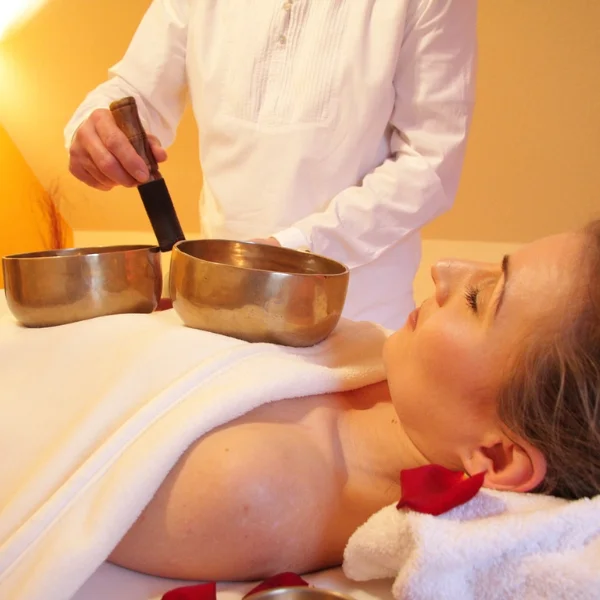


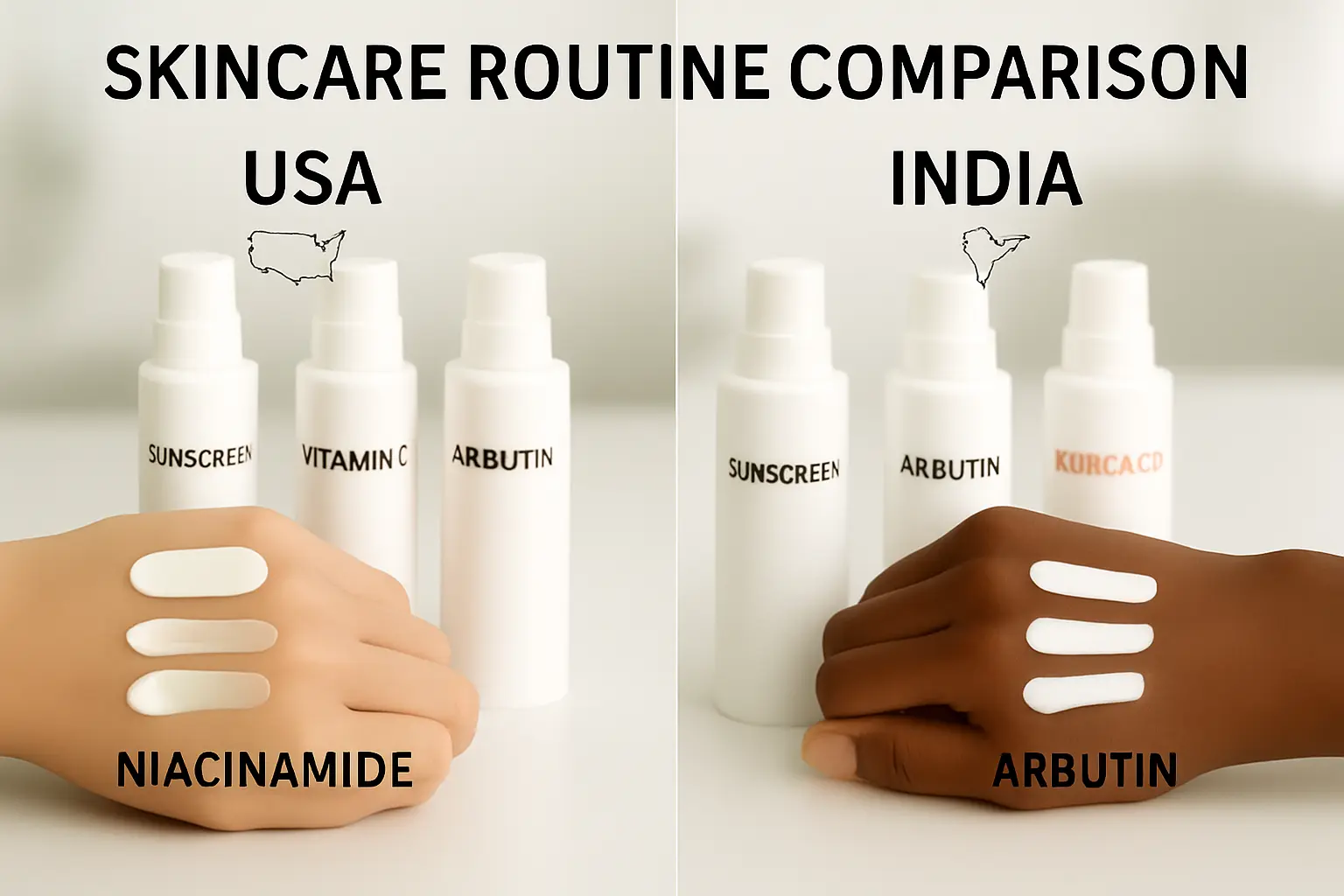

2 thoughts on “9 Transformative Ayurvedic Skin Care Secrets for Radiant Beauty and Miraculous Healing”